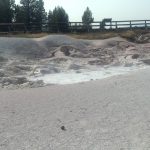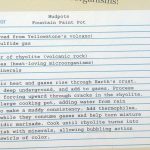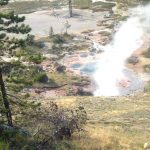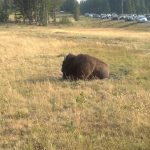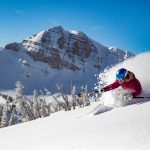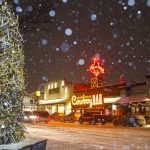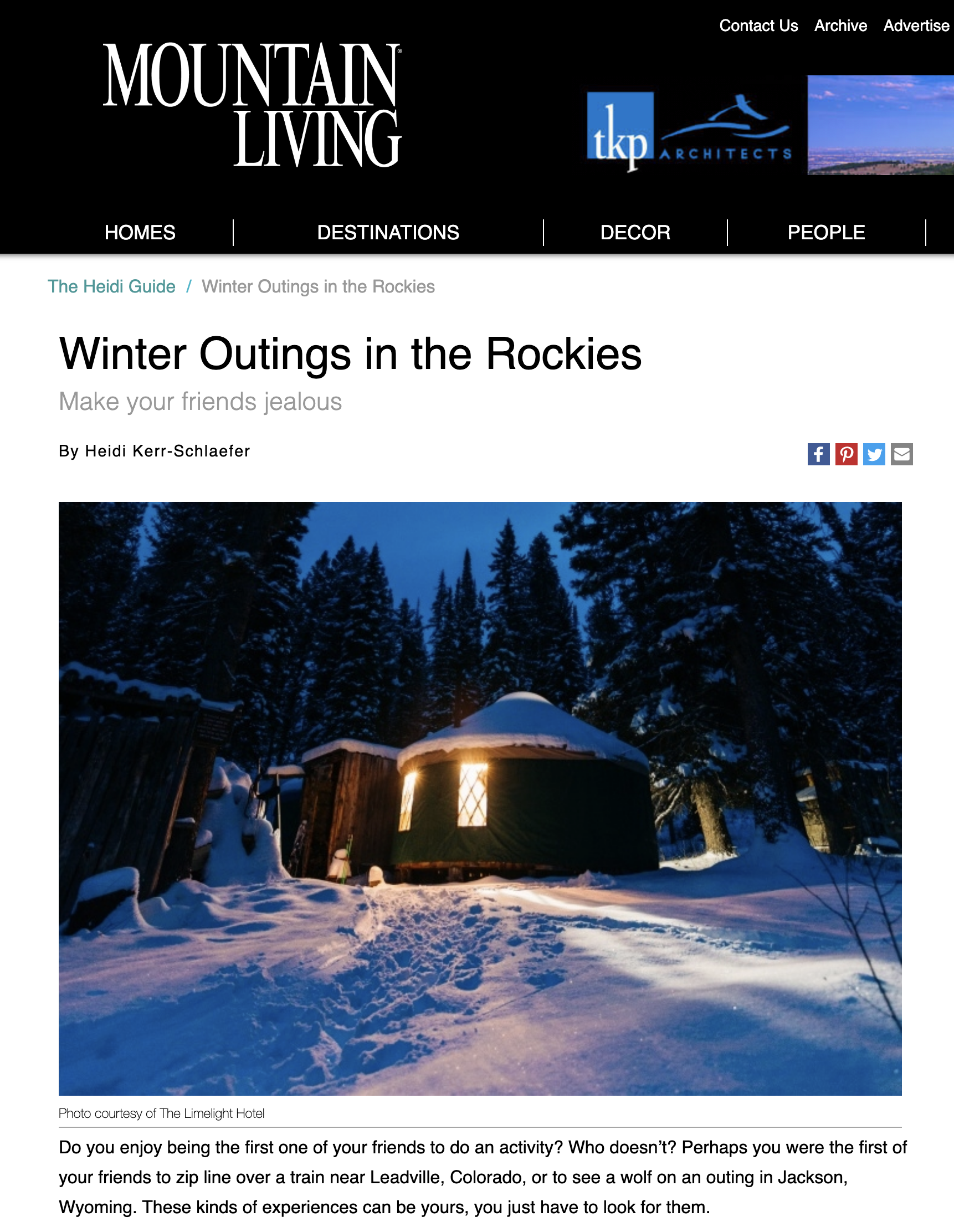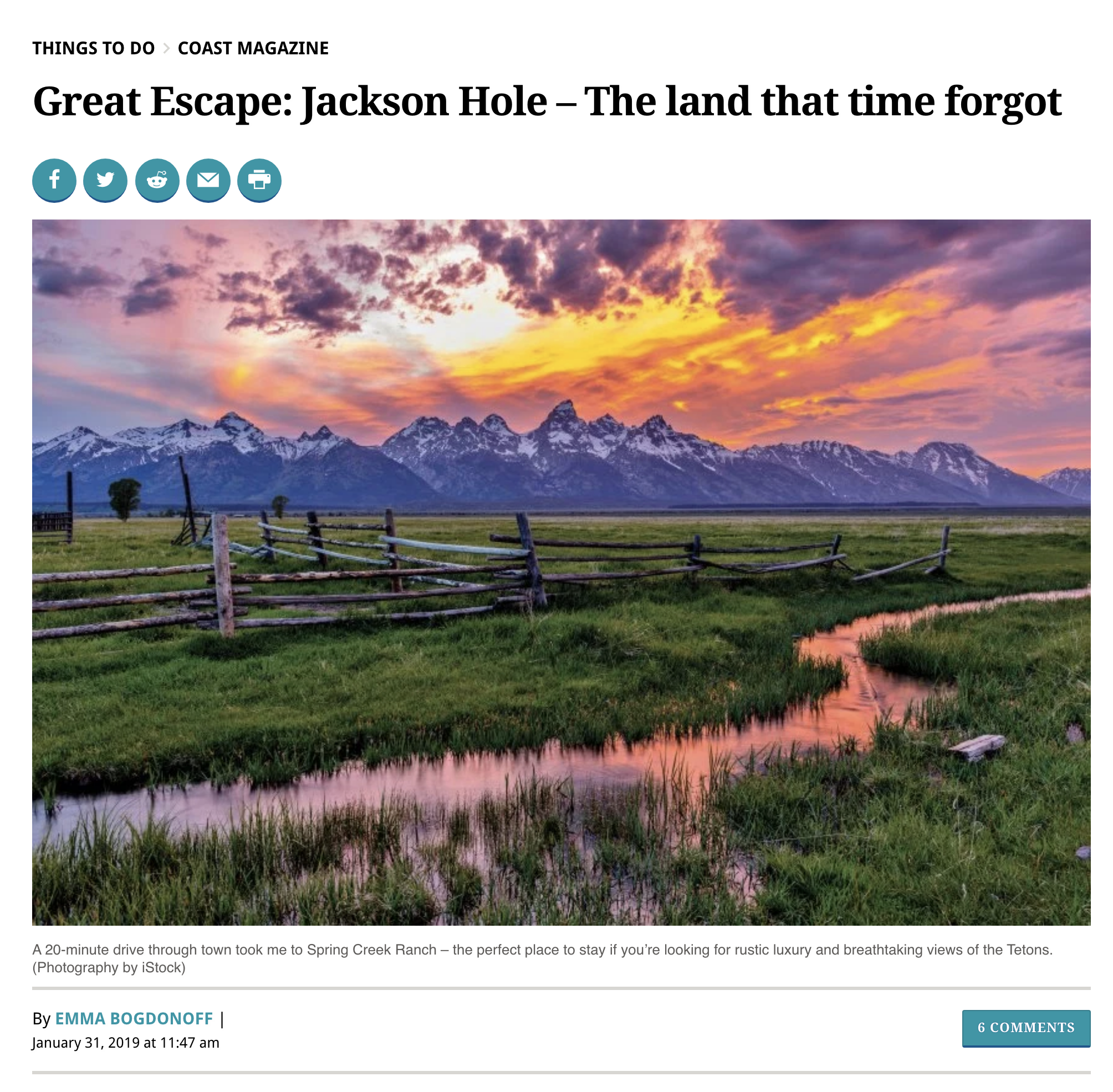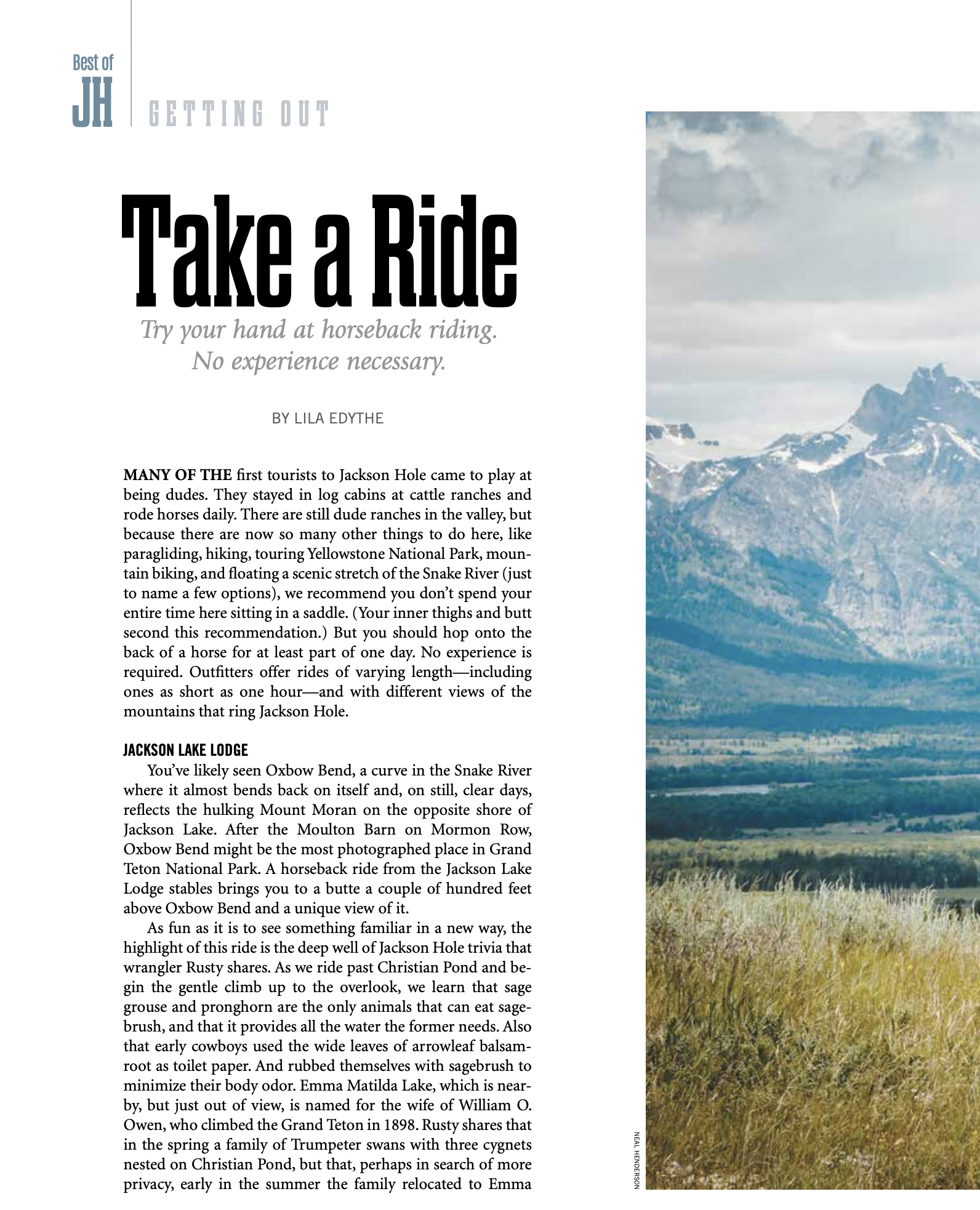Yellowstone Road Trip
Spring Creek Ranch is conveniently located to two of the most captivating national parks in the United States. You can take off from Spring Creek for a day trip and see the lower loop of Yellowstone, the nation’s first national park and even drive through Grand Teton national park on your way.
“…the watercolors of Thomas Moran helped persuade Congress to declare Yellowstone a national park, the start of the unique and vast U.S. national park system.” –Meisler
Road Trip Directions
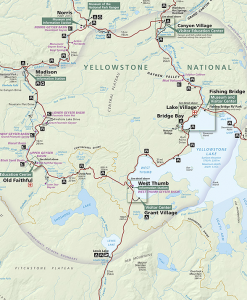
Drive north on Spring Gulch Road (turning right at the bottom of the Spring Creek Hill). It’s a twisty, turny road with some unpaved, washboard sections, but it’s a scenic short cut, which will circumvent any in-town traffic.
Follow it over the Gros Ventre river and past some homes and resorts, and turn right on Sagebrush/Golf Course Road to get to highway 89/191/26. Turn left and drive north until you reach the Grand Teton National Park north entrance and turn left on highway 89/191/287 continuing onto the John D. Rockefeller Jr. Parkway.
Note: if you want to drive through more of the Grand Teton National Park, turn left off of highway 89/191/26 at Moose Junction onto the Teton Park Road. This drive will most likely take a bit longer, but the views of the glorious Tetons are worth it!
Old Faithful Geyser
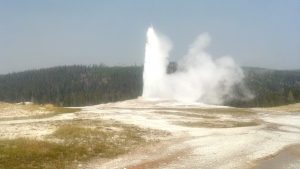
Follow the signs for Upper Geyser Basin. Park the car and head toward Old Faithful Geyser, which goes off every 60 minutes to 2 hours, or so. A park ranger will know when it will go off again.
During an Old Faithful eruption, the water temperature at the vent has been measured at 204°F. The steam temperature has been measured above 350°F!
Tip: walk west to the historical Old Faithful Inn, go upstairs to the mezzanine, get a cold coffee or beer, and watch the Old Faithful Geyser on a bench on the porch! You’ll have a great seat and an even better view.
Grand Prismatic
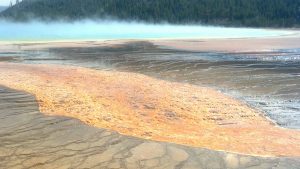
A short drive from Old Faithful, the largest hot spring in Yellowstone, the 370-foot (110 m) wide and 121-foot (37 m) deep Grand Prismatic Spring is located in the Midway Geyser Basin. It’s the third largest in the world and has a great presence, which is not to be missed.
The brilliant colors in the spring come from pigmented bacteria in the microbial mats that grow around the edges of the mineral-rich water.
“Thermophiles (heat-loving microorganisms such as bacteria) usually form the ribbons of color like you see here. The green, brown, and orange colors are mostly cyanobacteria, which can live in waters as hot as 167°F (75°C). At this temperature they are usually yellow-green. As water cools, different varieties of cyanobacteria appear in shades of orange, rust, or brown. Color may also change with the seasons and sunlight levels.”
Tip: If you’re wearing a hat, hold onto it! It’s often windy in Yellowstone and many, many hats get blown off and stuck in the features. Not only will you lose your hat, but it’s harming to the delicate thermophiles here.
Fountain Paint Pots
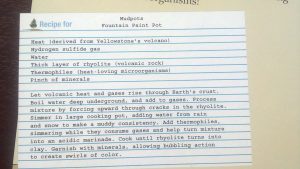
Located in the Lower Geyser Basin, the Fountain Paint Pots trail showcases all four types of thermal features springs, pools, geysers, a fumarole in a half-mile walk and is home to the largest Mudpot.
It’s an easy .6 mile trail and showcases utterly, other-worldly sites.
Fountain Paint Pots are mud pots, or a hot spring that contains boiling mud instead of water. The mud is produced by a higher acidity in the water which enables the spring to dissolve surrounding minerals to create an opaque, usually grey, mud.
Tip: The parking lot for the Fountain Paint Posts has a “rustic” restroom. Take advantage of it, because the drive to the Grand Canyon is a bit long.
Grand Canyon of the Yellowstone
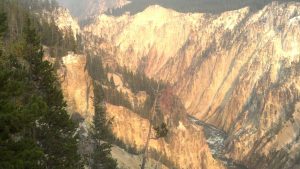
The most stunning and most often missed place in Yellowstone is Lower Yellowstone Falls at the Grand Canyon of the Yellowstone, this is a true highlight and could be the penultimate feature of your Yellowstone tour. To get there, turn left off of the Grand Loop Road and head to one or more of the viewing points like Grand View or Inspiration Point.
Once you’ve had enough of the absolute awe of the Grand Canyon of the Yellowstone, you’ll have to loop around back through Canyon Village before heading south.
Tip: The junction here is often a great place for spotting big game like bison and elk right off the side of the road. If there’s a traffic jam, this is most likely the case!
“There can be nothing in the world more beautiful than the Yosemite, the groves of the giant sequoias and redwoods, the Canyon of the Colorado, the Canyon of the Yellowstone, the Three Tetons; and our people should see to it that they are preserved for their children and their children’s children forever, with their majestic beauty all unmarred.” — Theodore Roosevelt
Mud Volcano Area
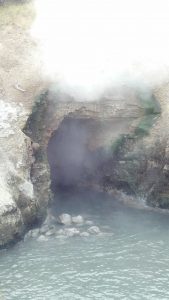
Make one more stop at the Mud Volcano Area, where you’ll find the Dragon’s Mouth Spring geothermal feature and what remains of the Mud Volcano.
“An unknown park visitor named this feature around 1912, perhaps due to the water that frequently surges from the cave like the lashing of a dragon’s tongue. Until 1994, this dramatic wave-like action often splashed water as far as the boardwalk. The rumbling sounds are caused by steam and other gasses exploding through the water, causing it to crash against the walls of the hidden caverns.”
A short, 2/3 mile loop hike (on boardwalks) will take you around to several more firey and steamy landmarks such as Grizzly Fumarole, Sour Lake, Black Dragon’s Caldron, Churning Caldron, Sizzling Basin, and Cooking Hillside.
Wonderful Wildlife, Oh My!

With all its wonderful and warm features and open spaces, it’s no wonder that a plethora of wildlife call it home. Birds, reptiles, an numerous mammal species including bears, bison, coyotes, deer, elk, marmots, moose, wolves and more thrive in this picturesque and resource-rich setting.
Early morning and evening hours are when animals tend to be feeding and thus are more easily seen.
Don’t try to pet any of the wildlife, even a sleepy-looking bison! More people are hurt by bison than by bears each year in Yellowstone.
Tip: Park regulations state that visitors must stay at least 25 yards away from bison or elk and 100 yards away from bears.
Don’t Want to Drive? Take a Spring Creek Wildlife Safari!
Want to ensure that you find all the secret spots to see all the animals that you had hope to see? Take The Best Of Yellowstone Wildlife Safari or take a private trip with Spring Creek’s resident naturalist Kurt Johnson. A photographer and a naturalist, he has a wealth of knowledge about and experience in the Greater Yellowstone Ecosystem and he’ll help you find and capture some spectacular sites for sure.
Call today to learn more about wildlife & photo safaris and packages and specials (800) 443-6139.
Yellowstone Lower Loop Image Gallery
Check out some of the notable features from a recent road trip on the Yellowstone Lower Loop. Note: There was a nearby fire this day, so some pictures are smoky, but the beauty of the park still shone through! Click image to make it larger.
Tags: Bison Calves, eagles, elk, fox, Grizzly Bear, Jackson Hole, Moose, mule deer, National Elk Refuge, Old Faithful geyser, Yellowstone lower loop, Yellowstone National Park
















